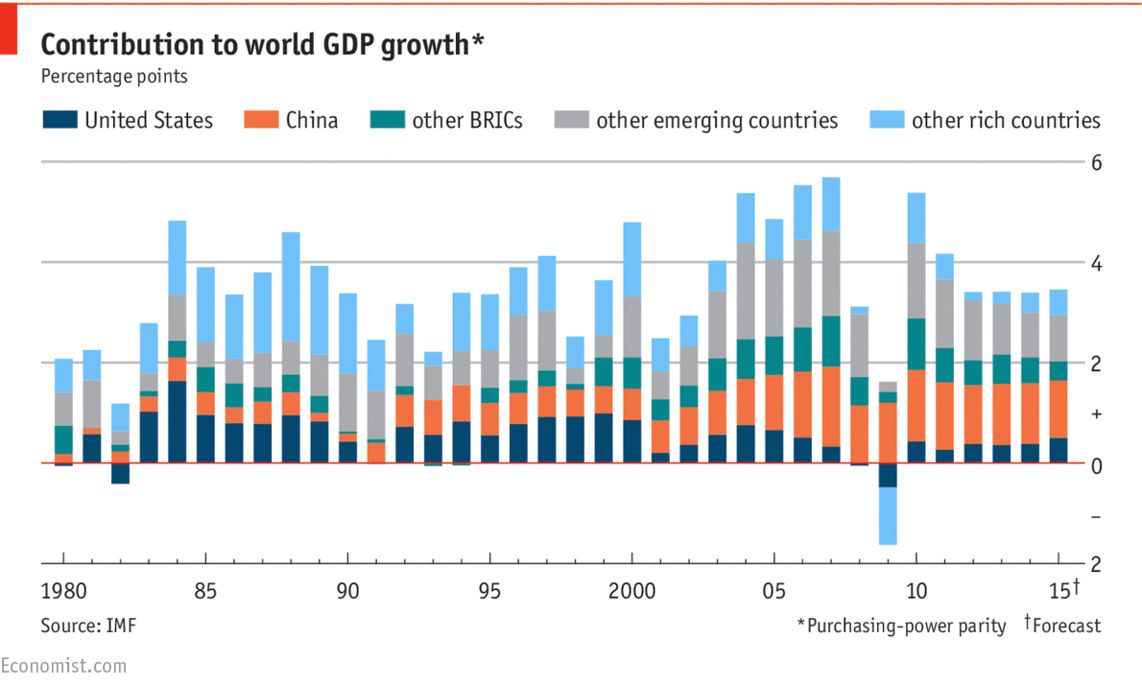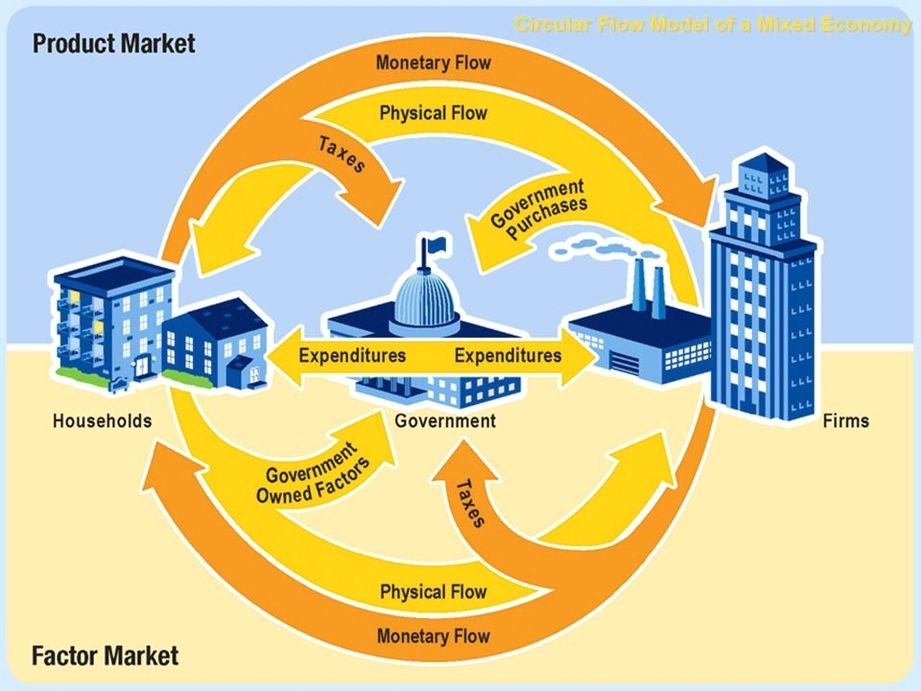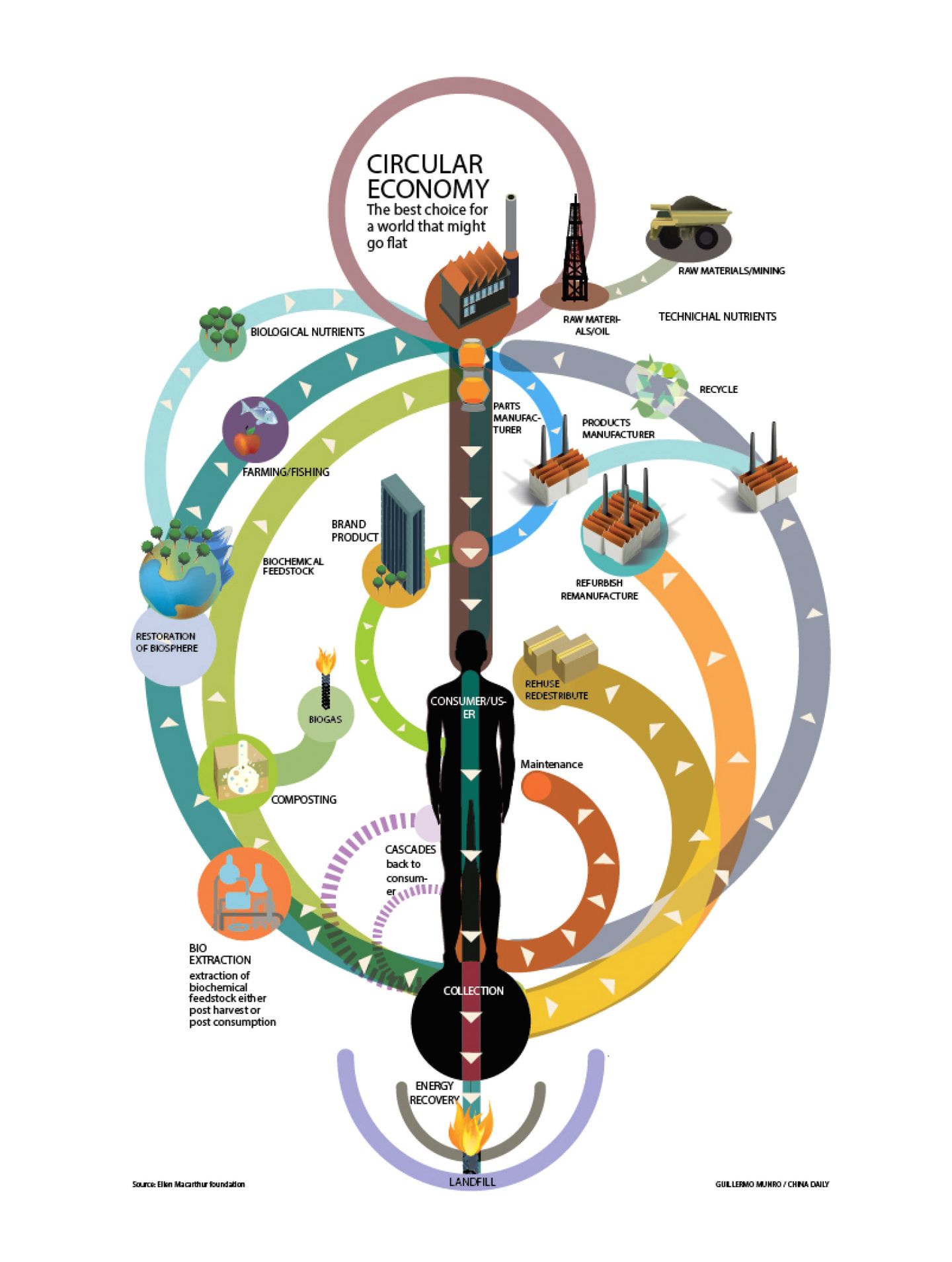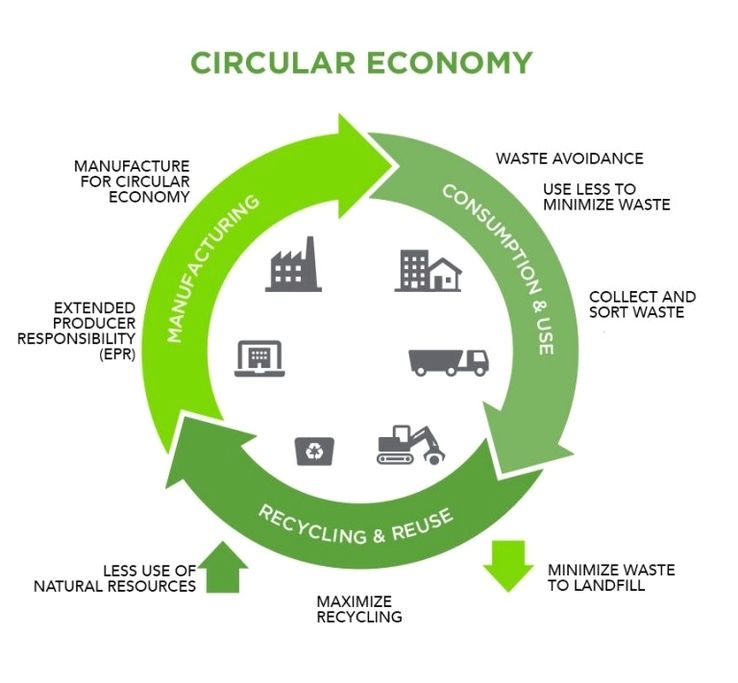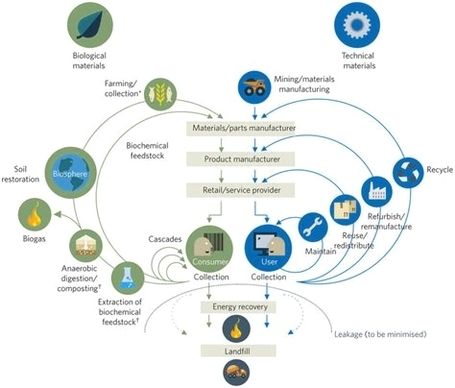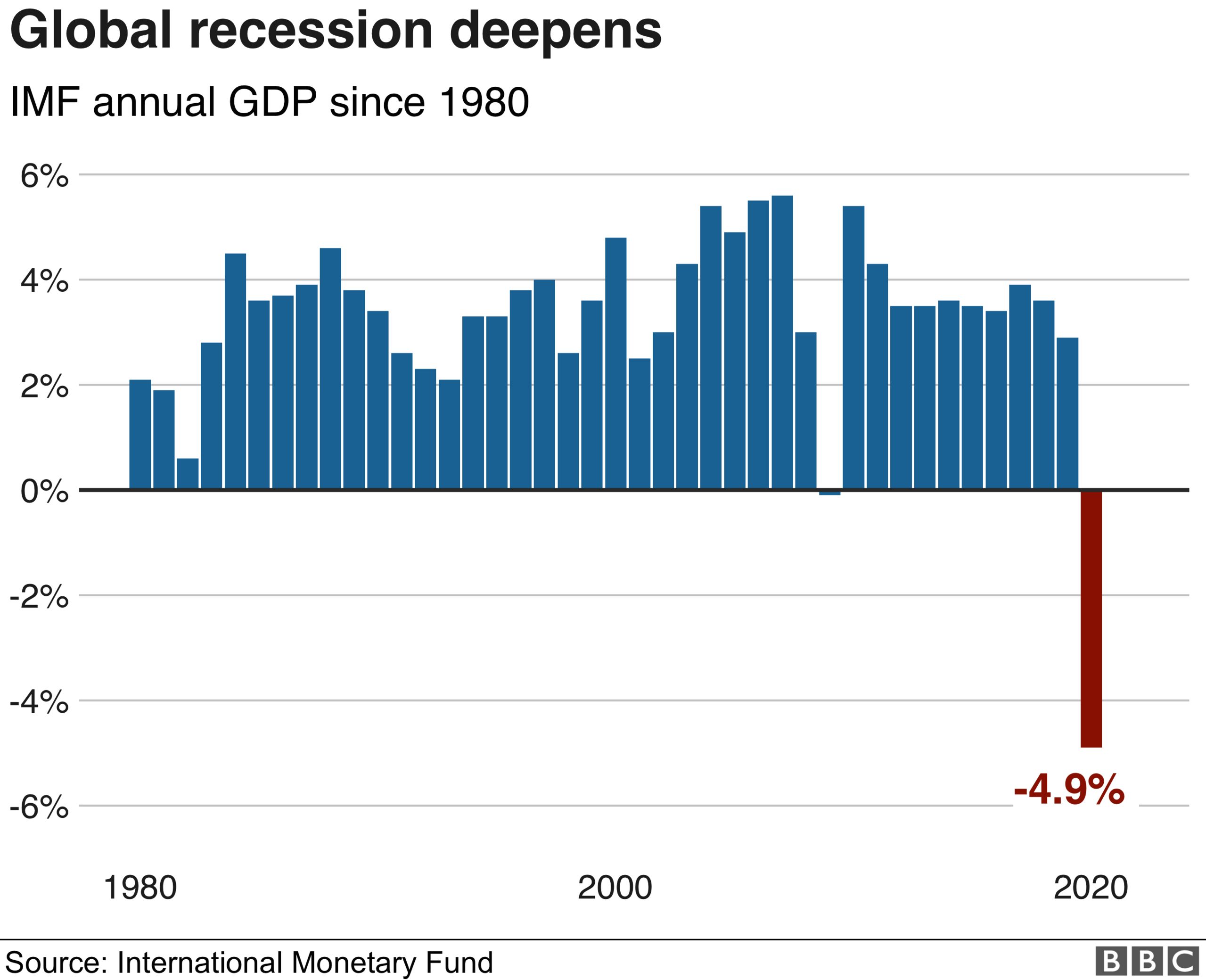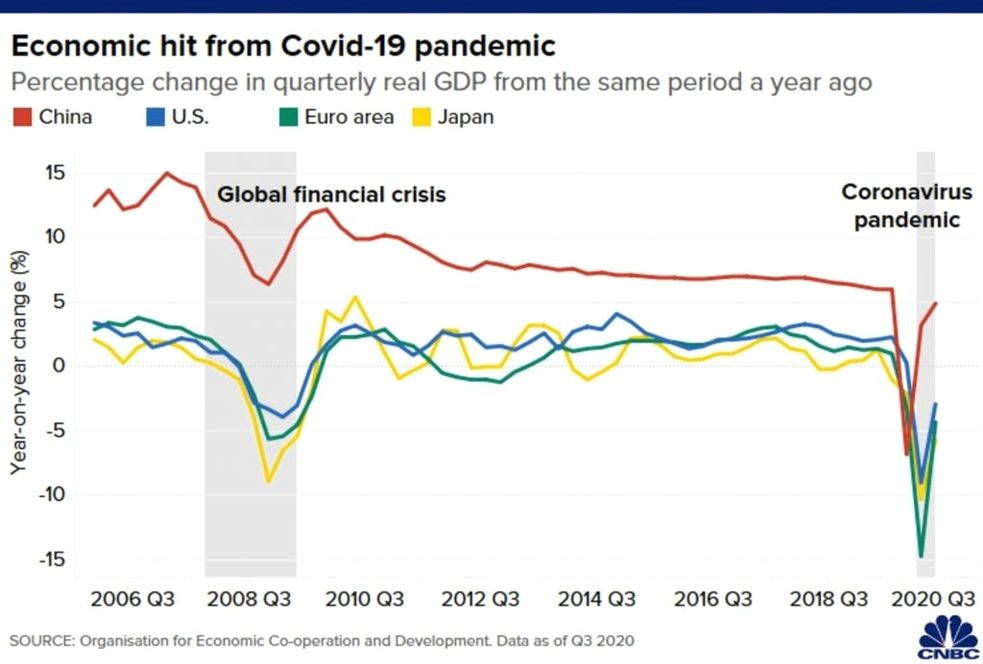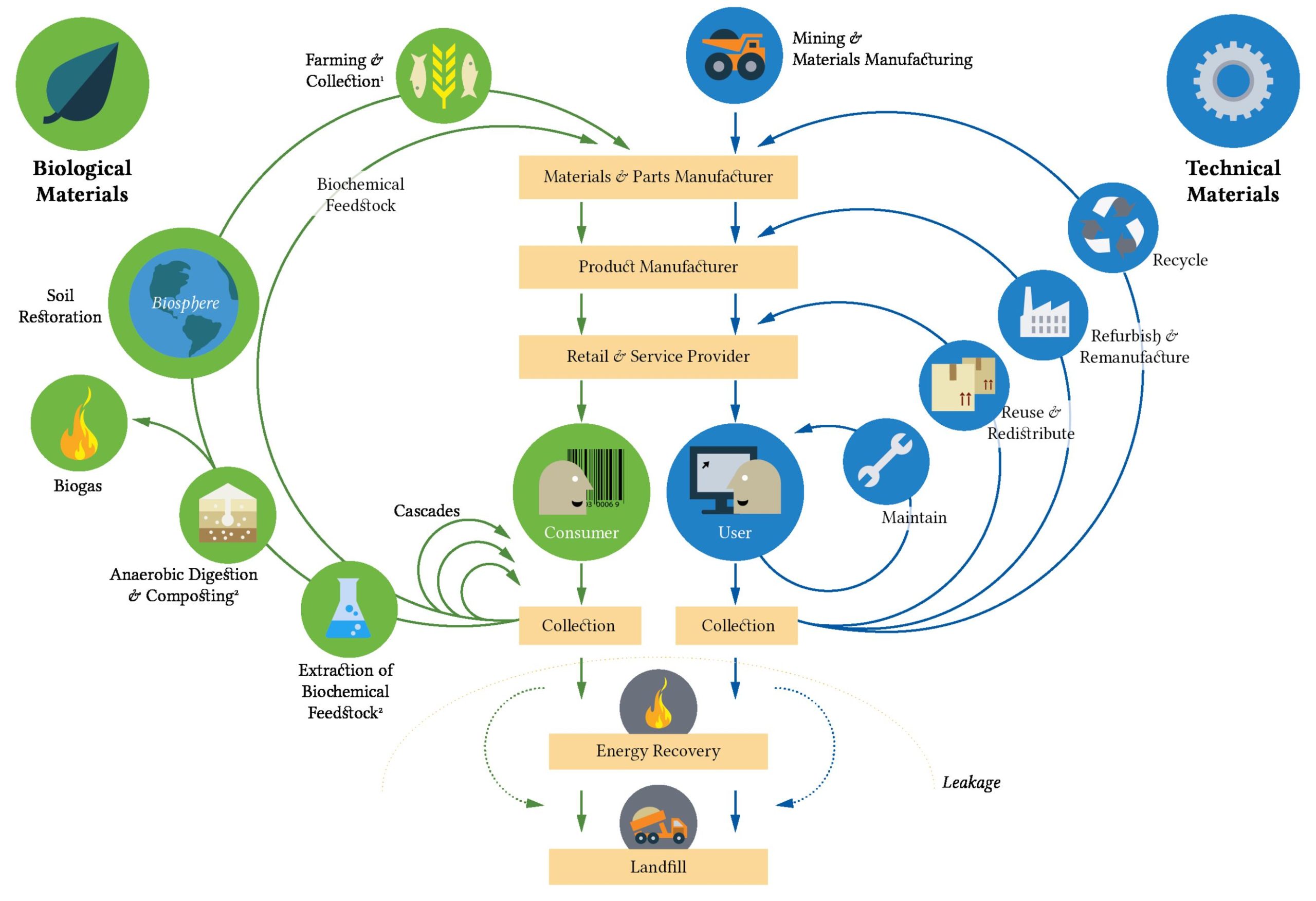See the below image for the Global economy contribution by country diagram. The nominal GDP of the top 10 economies adds up to about 67% of the world’s economy, while the top 20 economies contribute almost 81%. The remaining 173 countries together constitute less than one-fifth to the world’s economy. Note: This list is based on the IMF’s World Economic Outlook Database, April 2018.
Top 10 Largest Countries by GDP (2019) Country GDP (2019) % Of Total World GDP 1. United States $21.43T 24.42% 2. China $14.34T 16.34% 3. Japan $5.08T 5.79% 4. Germany $3.85T 4.38% 6 more rows …
Global trade United States are leading in terms of GDP 20.89tr USD GDP of emerging and developing countries 34.3tr USD Share of advanced economies in global GDP 42.45% Global economic indicators
